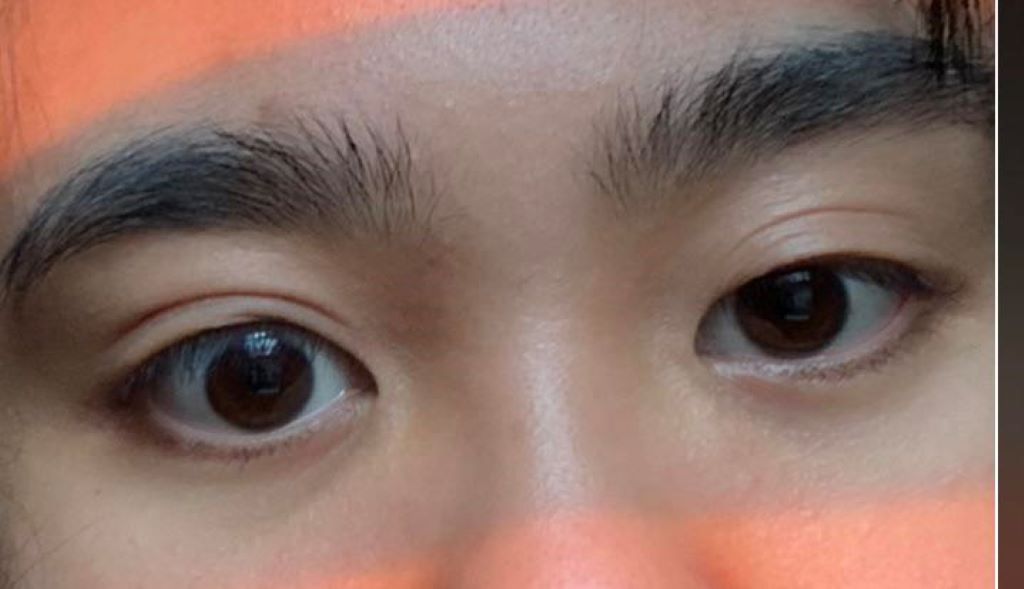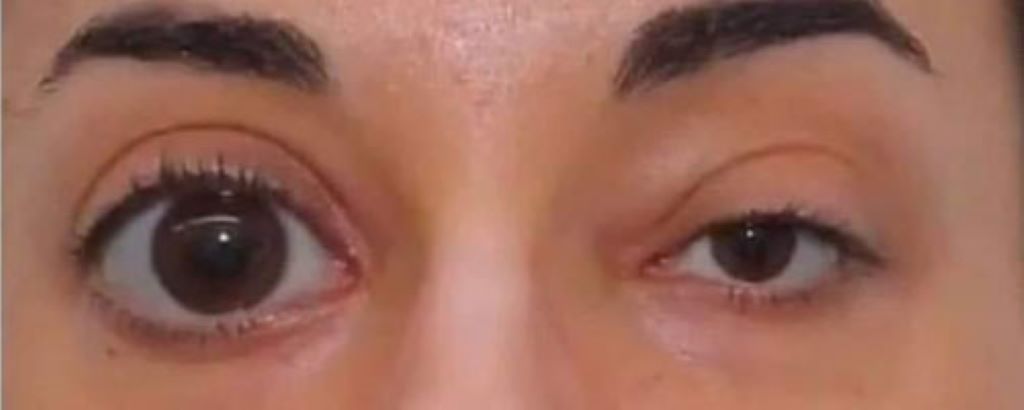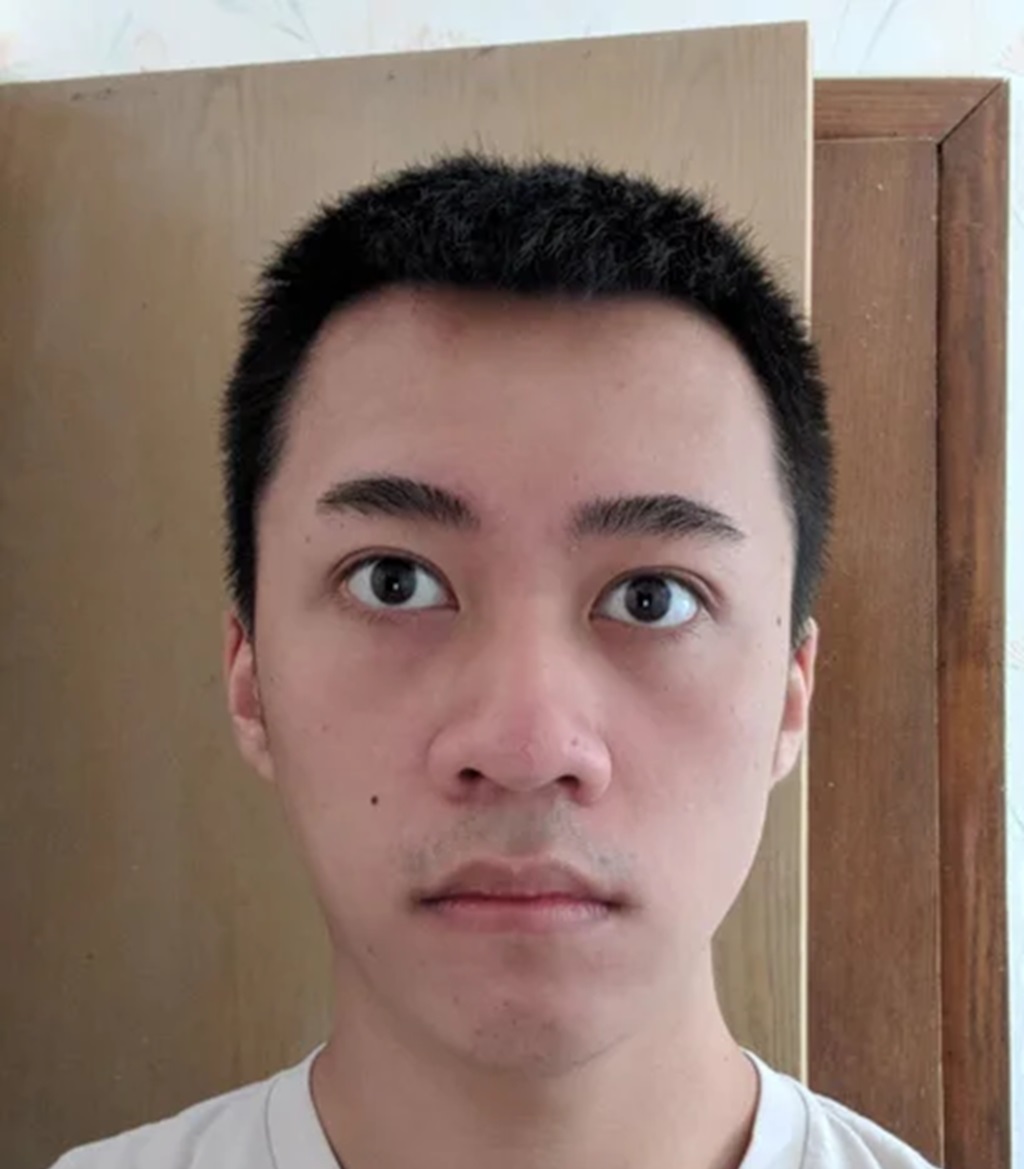The distinctive eye shape of Asian people has long fascinated those from other ethnic backgrounds. Many have wondered why the eyes of Asians often appear smaller and less symmetrical than those of Caucasians or Africans. While this eye shape is partly related to genetics, there are also some misunderstandings around it. To explore why do asians have slanted eyes, it’s essential to consider various factors, including genetic diversity and evolutionary adaptations. The appearance of slanted eyes can be influenced by the structure of the eyelids, specifically the presence of an epicanthic fold, which is common in many East Asian populations.
This unique feature does not affect vision but contributes to the distinct eye shape. Additionally, cultural and environmental factors may play a role in shaping perceptions of beauty and aesthetics, influencing the emphasis on certain facial features. Understanding the diversity within and across ethnic groups can help dispel misconceptions and promote a more nuanced appreciation for the rich tapestry of human genetics and anatomy.
The Epicanthic Fold
The primary facial feature that gives many Asian eyes a distinctive look is the epicanthic fold. This is a fold of skin that comes down over the inner corner of the eye, making it appear tucked in and less open. The epicanthic fold is present in over 90% of East Asians and also frequently occurs in Central Asians, Southeast Asians, and some South Asians.
The epicanthic fold serves an evolutionary purpose. It helps protect the eye from winds, sand, and freezing temperatures. This would have been advantageous for early nomadic populations living in the harsh environments of Northern China, Mongolia, and Siberia where the epicanthic fold is most prevalent.
Over time, the epicanthic fold became embedded in the genomes of these populations and was passed down through the generations. It then spread through migration and intermixing of Asian ethnic groups over thousands of years.
The Role of Facial Structure
The epicanthic fold explains part of the reason Asian eyes may look different, but facial structure also plays a key role. Many Asians have flatter facial features overall, including flatter noses and less pronounced brow ridges. This combines with the epicanthic fold to produce eyes that appear smaller and less deeply set.
The broader, flatter facial structure of Asians is linked to cold adaptation. Broad faces allow for more fat distribution across the surface area of the cheeks and eye socket. This insulates and protects the face from freezing temperatures.
Over generations, these cold-adapted facial features became part of the genetic heritage of Asian groups originating in colder northern regions. They later spread to Southern groups like Vietnamese, Filipinos, and Malays through population migration and mixing.
The Role of Relative Eye Size
While many believe Asian eyes are smaller than other races, they are often similar in size. The appearance of small eyes is exaggerated by the wider facial structure of Asians. Since the eyes are similar in size but the face is broader, the eyes appear disproportionately small.
Several studies have measured and compared eye sizes among races scientifically. Overall, the research indicates a high degree of similarity in eye size across ethnicities when controlling for facial structure and head size. Some minor variations exist, but no major differences that would account for the stereotype of smaller Asian eyes.
Eye Shape Is Highly Diverse
While the epicanthic fold and flat facial structure are common in Asia, there is huge diversity in actual eye shapes. Not all Asian eyes have the classic almond shape associated with East Asians. Let’s look at some examples of this diversity:
- Many Southeast Asians such as Filipinos and Malays often have round, large eyes without much of an epicanthic fold.
- South Asians such as Indians and Pakistanis tend to have very large, round eyes similar to Caucasians. They have little to no epicanthic fold.
- Central Asian groups like Kazakhs frequently have hooded eyelids similar to Europeans.
- Some East Asians have large round eyes without an epicanthic fold, while others have very thin, angular eyes.
So while the classic almond-shaped eye is a common Asian trait, keep in mind there are many variations even within Asia. Assuming all Asians have the same eye shape is an over-generalization.
The Causes of Asymmetry
Another question many have is why Asian eyes often appear noticeably asymmetrical, while Caucasian eyes tend to be more symmetrical. There are a few reasons for this:
1. Epicanthic Fold Varies by Eye
While most Asians have an epicanthic fold, it is often more pronounced on one eye than the other. This creates immediate visible asymmetry. The fold can range from barely visible in one eye to quite prominent in the other.
2. Higher Face and Bone Asymmetry
On average, Asians have a higher degree of natural asymmetry in their facial bones and features. While all human faces are slightly asymmetric, the asymmetry tends to be more exaggerated in Asians. This extends to the eyes as well.
3. Less Camouflaging Fat and Muscle
Caucasians tend to have more facial fat and thicker muscles surrounding the eyes. This helps mask bone asymmetry, making the eyes appear more symmetrical. Asians’ lower fat distribution and flatter facial muscles reveal the asymmetry more clearly.
4. Wide Faces Magnify Asymmetry
With broad Asian facial structure, even slight differences in eye shape stand out more. Meanwhile, narrower Caucasian faces allow more symmetry between the eyes visually.
Asymmetrical Eyes Are Normal and Natural
While marked asymmetry between the eyes may seem unusual, it is commonplace throughout Asia. Keep in mind that for Asians, an asymmetric eye shape is simply the natural norm they are used to seeing. It is unlikely to be perceived as abnormal by Asians themselves.
This demonstrates the importance of cultural perspective. Features we associate with “normal” and “attractive” are heavily influenced by what we perceive as normal in our ethnic group. We should avoid the instinct to see different as somehow “less than” based on personal bias.
The Rise of Double Eyelid Surgery
While asymmetric eyes are commonplace across Asia, the influence of Western media has led many Asians to perceive their natural eye shape as unattractive.
This has fueled a boom in blepharoplasty or “double eyelid surgery”, which adds a crease to the eyelid to make Asian eyes appear larger and more Western. It has become one of the most popular cosmetic procedures in Korea and China.
However, many argue this perpetuates internalized racism and promotion of Caucasian features as superior. There has been a cultural movement urging Asians to embrace their natural eyes rather than altering them to fit Western beauty ideals.
Celebrating the Beauty and Diversity of Asian Eyes
The shape of Asian eyes is the product of an ancient, adaptive evolution. There is incredible diversity across the continent – from large round Southeast Asian eyes to angular East Asian eyes, to Indian eyes similar to Caucasians.
Asymmetry is also a natural trait among many Asians. Instead of seeing it as unusual, it can be appreciated as part of the unique genetic inheritance of Asian people.
So next time you look into an Asian person’s eyes, take a moment to admire their beauty and cultural story. Their eyes speak to thousands of years of migration, adaptation, and diversity across this immense continent. They represent the living evidence of some of our earliest ancestors – and they are perfectly beautiful just as they are!
Frequently Asked Questions
Q: Do all Asians have the epicanthic eye fold?
A: No, though it is very common among East and Central Asians. Many Southeast Asians and South Asians have little to no epicanthic fold.
Q: Are Asian eyes smaller than other races’ eyes?
A: Generally no – multiple studies show eye size is similar across races. Asian eyes often appear smaller due to wider facial bone structure.
Q: Why do many Asians have hooded eyelids?
A: This is caused by an extra fold of skin drooping from the brow bone to the eyelid, which is an inherited facial feature among some ethnic groups.
Q: Does eye shape affect vision for Asians?
A: No, there is no evidence that eye shape impacts vision quality. Differences are only cosmetic.
Q: Can Asians have eye colors besides brown or black?
A: Yes, occasionally. Mixed Asians, Central Asians, and Uyghurs may have light-colored eyes due to genetic influence from other regions.
In Summary
The asymmetrical eye shape commonly associated with Asians arises from inherited features like the epicanthic fold, flatter facial bones, and higher natural asymmetry. However, there is immense diversity in Asian eyes, with different shapes, sizes, and variations among ethnic groups. While some Asians pursue cosmetic surgery to alter their eyes, they should feel pride in their unique ancestral eyes and celebrate their natural beauty. Understanding the origins of the Asian eye shape allows us to appreciate them as an integral part of Asian culture and history.






